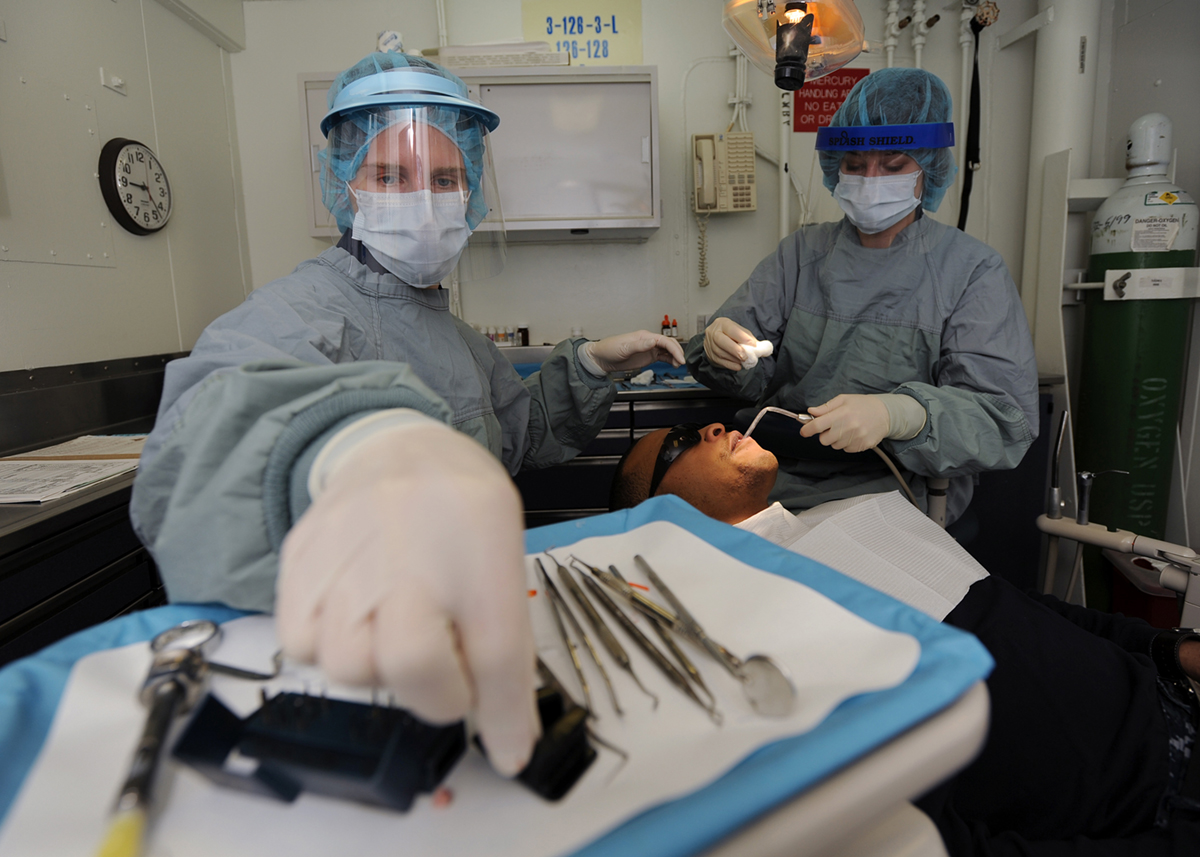
Dental Surgery Introduction
The teeth are very important structures in the body that play a role in digestion by grinding and chewing food. Oral hygiene is vital for prevention of dental problems but sometimes brushing and flossing the teeth are not enough. This is usually the case when a serious dental issue arises that can be managed only with an invasive treatment such as dental surgery.
Most people are terrified by dentists and dental surgeons which prevents them from going to regular checkups. Main cause of this aversion toward dentists is the fear related to a dental process. But, dentists and oral surgeons can help us resolve different dental conditions by means of various procedures.
Types of Dental Procedures
Tooth Extraction
Tooth extraction is the most commonly performed dental procedure. It is the only treatment option for the tooth that is severely decayed. Tooth extraction is performed under a mild anesthesia. This procedure is also done to remove the teeth before dentures are placed. Finally, some people choose tooth extraction instead of repair as it is a much cheaper procedure.
Root Canal
Root canal is another dental surgery procedure done in case of irreversibly damaged pulp of the tooth. Root canal is most frequently required in case of inflammation and infection of the pulp. It is performed to save the tooth rather than pulling it out. In this procedure the root canal and the pulp are removed to be replaced with a biocompatible material called gutta-percha. This material is than sealed with adhesive cement and it serves to prevent possible reinfection by bacteria. Root canal procedure is done under local anesthesia.
Impacted ToothSometimes the wisdom tooth can not fully emerge through the gums and remains trapped or "impacted". This can cause pain, swelling, infection and permanent damage to gums and adjacent teeth. Impacted tooth can be surgically removed by making an incision in the gums to reach and extract the tooth. After the procedure, the dental surgeon closes the wound with stitches. This procedure can be performed under general anesthesia.
Corrective Jaw SurgeryCorrective jaw surgery or orthodontic surgery is performed by a maxillofacial or an oral surgeon to correct misaligned teeth or jaws. This procedure involves breaking the jaw to move it into a new position. This surgery is necessary to correct functional problems such as speech problems and difficulty in chewing, swallowing or breathing. However, the surgery also completely changes the appearance of the patient. Corrective jaw surgery is performed under general anesthesia.


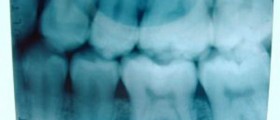

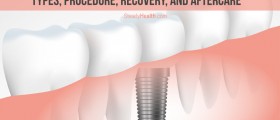
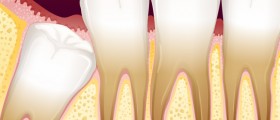
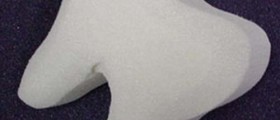

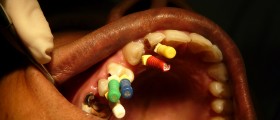

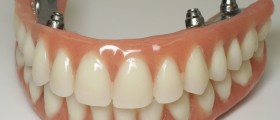
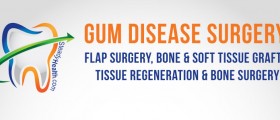

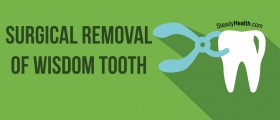
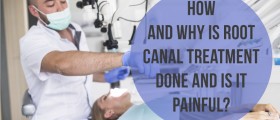


Your thoughts on this
Loading...